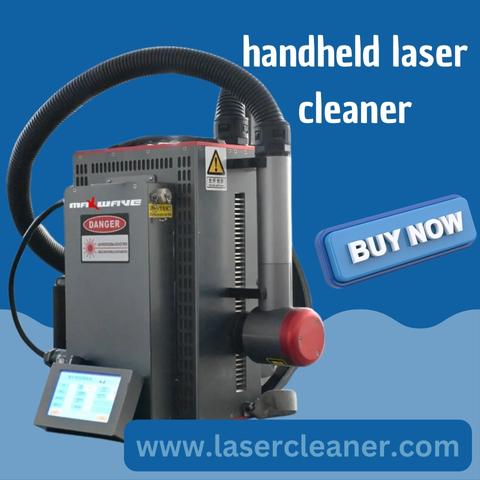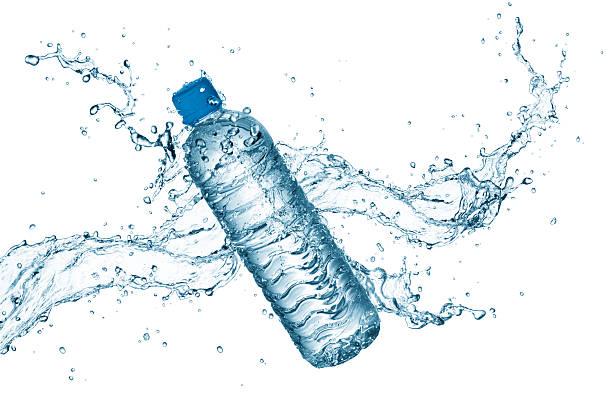When the term handheld laser cleaner first entered the industrial cleaning scene, many professionals were skeptical. Could a compact device truly rival traditional methods like sandblasting, chemical solvents, or ultrasonic cleaning? More importantly, could it integrate into complex maintenance operations without downtime or safety compromises? What started as cautious curiosity has evolved into widespread adoption across sectors ranging from aerospace to heritage restoration. In this article, we’ll dig deep into what sets this tool apart, how it works in actual field applications, and why its presence is reshaping cleaning protocols across industries.
Understanding the Handheld Laser Cleaner in Practice
At its core, a handheld laser cleaner operates using laser ablation — a process where a high-energy laser beam targets and removes contaminants from the surface of materials without physical contact. Unlike conventional techniques that rely on abrasion or chemical reaction, laser ablation vaporizes rust, paint, grease, and other layers, leaving the base material intact and unaltered.
These devices are engineered for portability, making them ideal for maintenance teams that need precision and mobility. Whether it’s reaching the narrow grooves of industrial molds or cleaning sensitive historical artifacts without inflicting damage, the handheld laser cleaner allows technicians to control beam intensity, frequency, and scan width in real-time.
It’s not simply a miniaturized laser machine — it’s a purpose-built tool that addresses real problems in environments where traditional cleaning methods pose risk, take too long, or require extensive safety controls.
Industrial Use Cases That Prove Real Value
Let’s examine how the handheld laser cleaner is being applied in various industries:
1. Tool and Die Maintenance
In mold and die industries, buildup of residue on tooling equipment can affect product quality. Previously, abrasive cleaning risked tool wear and inaccurate cavity dimensions. Now, operators use handheld laser cleaners to gently strip carbonized build-up from steel molds, reducing downtime and extending tooling life without any secondary waste like sand or chemical residue.
2. Welding Preparation and Post-Treatment
Before welding, surfaces must be clean of rust and oil to ensure strong bonds. After welding, oxidation must be removed for both aesthetic and functional reasons. Handheld laser cleaners enable technicians to clean the metal right at the welding site. This is particularly valuable in shipbuilding, aerospace, and pipeline industries where components are large and immobile.
3. Restoration and Conservation
Restoring antique metal gates, statues, or even painted stonework traditionally involved chemicals or brushing — methods that risked damaging delicate surfaces. Museums and restoration experts now rely on laser cleaners for precision work. The adjustable laser settings allow for layer-by-layer removal, preserving the original substrate, which is especially crucial for historical artifacts.
4. Electronics and Aerospace Cleaning
In high-precision sectors, even a microgram of contamination can impact function. Printed circuit boards, turbine blades, and jet engine parts are cleaned with pinpoint accuracy using laser systems. The handheld model allows for spot cleaning in tight spaces, which is often impossible with larger automated units.
5. Oil & Gas Field Maintenance
In offshore rigs and refinery environments, machinery suffers from extreme exposure to saltwater and corrosive elements. Cleaning rust or coatings from complex structures like valves, flanges, and pipes without dismantling them is where handheld laser cleaners truly shine. Their portability and ease of use allow workers to perform maintenance tasks in-situ, minimizing shutdowns.
The Technology Behind the Portability
The shift from bulky, fixed laser systems to mobile, handheld units didn’t happen overnight. It involved years of refinement in fiber laser technology. The latest models integrate pulsed fiber lasers into ergonomic housings, weighing as little as 10–15 kg including control modules.
These cleaners are equipped with safety interlocks, real-time power adjustment, and cooling systems that maintain thermal stability even during prolonged operation. Battery-powered variants are now entering the market, eliminating the need for direct power connections — a major leap for field maintenance teams.
The design is also made to withstand industrial environments. Anti-dust casings, intuitive touchscreens, and robust cable connectors contribute to the tool’s longevity in rugged conditions. More importantly, the device can be operated with minimal training due to simplified interfaces and pre-programmed cleaning modes.
Environmental Shift: Less Waste, More Safety
The growing attention to sustainability and environmental compliance is another reason why the handheld laser cleaner is gaining traction. Traditional cleaning methods — especially chemical solvents — generate hazardous waste and require careful disposal. In contrast, laser cleaning doesn’t require consumables and leaves behind only fine dust that can be vacuumed away.
Moreover, no toxic fumes, no secondary contamination, and no abrasive runoff mean safer working conditions. This aligns with regulatory requirements in countries where occupational health standards are tightening — especially in the EU, US, and parts of Asia.
Adapting to Modern Manufacturing Demands
Manufacturing is evolving fast. Shorter production cycles, smaller batch sizes, and increased customization require flexible and responsive tools. The handheld laser cleaner fits perfectly in this new reality. It’s deployable in seconds, requires no consumables, and supports remote service diagnostics in advanced models.
Manufacturers are also integrating these tools into lean and just-in-time workflows. For example, cleaning a metal surface just before laser welding or bonding is now a single-step process that fits smoothly into production without logistical overhead.
Real-Time Control and Operator Experience
One underappreciated aspect of handheld laser cleaners is the level of control they give to the user. Unlike sandblasting, where outcome depends heavily on media selection and operator skill, laser cleaning systems allow fine-tuning of parameters digitally.
Operators can adjust scanning speed, pulse width, and focal distance instantly based on material and contamination type. Many systems also feature preview modes using LED indicators to guide optimal positioning — significantly reducing learning curves and improving consistency.
Integration with Industry 4.0 Systems
Advanced handheld laser cleaners are now being integrated into Industry 4.0 platforms. IoT-enabled devices send usage data to centralized dashboards. This allows maintenance teams to track cleaning cycles, monitor wear on optics, and schedule preventive maintenance with greater precision.
Moreover, manufacturers are using this data for process optimization. For example, if a specific mold needs cleaning every 200 cycles, predictive triggers can automate this task before it causes production defects.
Final Thoughts
The handheld laser cleaner is no longer just a novel device or high-tech curiosity — it’s a critical tool reshaping how industries clean, restore, and maintain surfaces. From aerospace engineering to cultural heritage preservation, it delivers precision, cleanliness, and control that simply didn’t exist with traditional techniques. Its value is evident not in what it replaces, but in how it allows new workflows, reduces environmental load, and minimizes production interruptions. As industries continue to modernize, this tool stands out not for its compactness but for how profoundly it improves surface preparation and cleanliness standards across the board.




